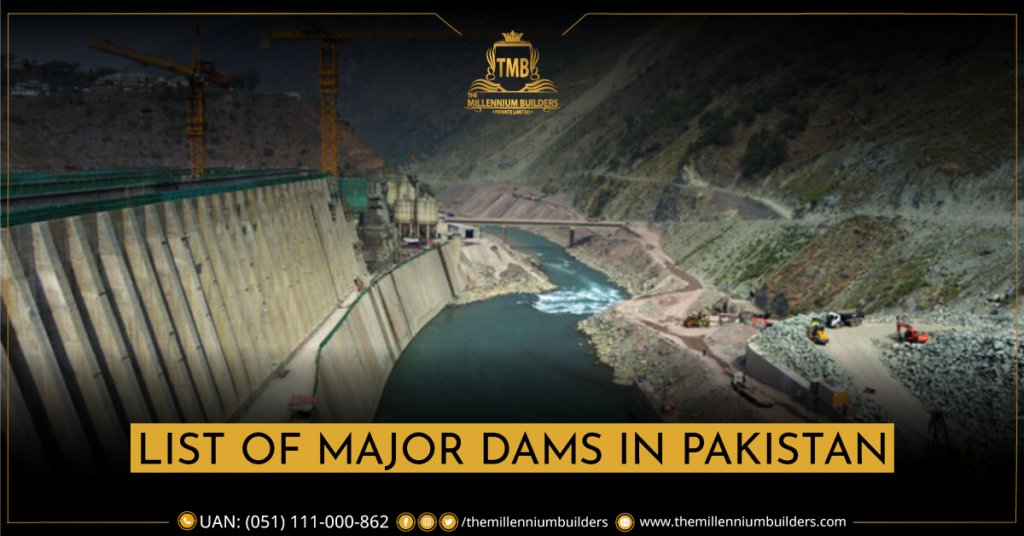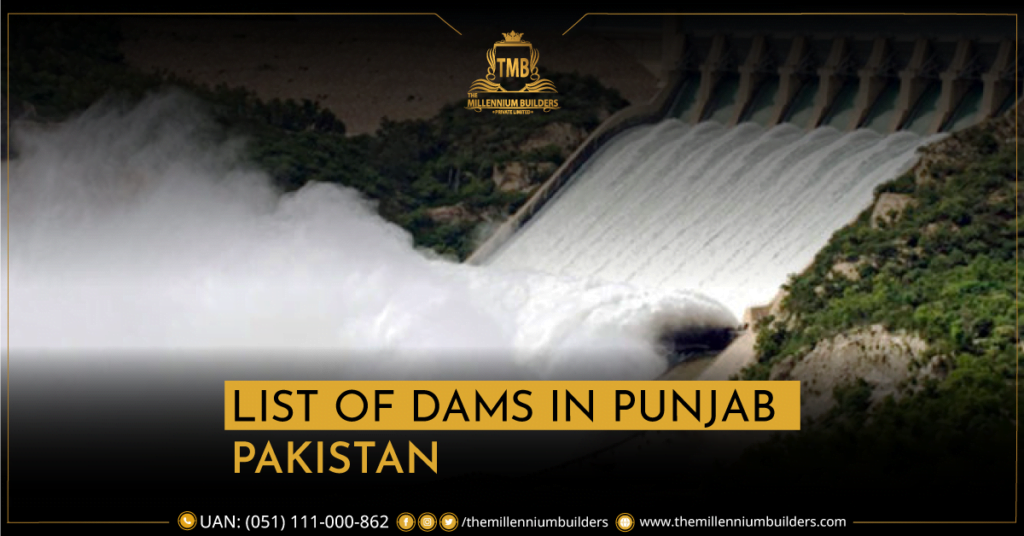Are you curious about the number of dams in Pakistan? Pakistan is a country blessed with numerous rivers and tributaries, making it an excellent place for water storage and hydropower generation.
Dams are massive concrete structures built across rivers to impound water, which can be used for various purposes, including irrigation, drinking water, and hydropower generation. Pakistan has a long history of building dams, and the country currently has over 150 dams, ranging from small diversion dams to large multipurpose dams.
Pakistan’s strategic location and abundance of water resources make it an ideal place for hydroelectric power generation. The country has the potential to generate up to 60,000 MW of electricity through hydropower. However, Pakistan has only been able to tap into a fraction of its hydropower potential.
In this article, we’ll explore how many dams in Pakistan and their importance for the country’s development.
So, how many dams does Pakistan have? The exact number of dams in Pakistan is difficult to determine, as many small dams are built by local communities and are not officially registered. However, according to the Pakistan National Dams Inventory, there are currently 150 large and small dams in Pakistan.
Out of these 150 dams, 90 are used for irrigation, 19 for flood control, and 41 for power generation. The largest dam in Pakistan is the Tarbela Dam, located on the Indus River in the Khyber Pakhtunkhwa province. It has a total installed capacity of 3,478 MW and can store up to 9.7 million acre-feet of water.
Here are some other notable dams in Pakistan:
You may also like this post: 6 Best Places to Visit at Night in Islamabad
Currently, there are several dam projects underway in Pakistan, including the Diamer-Bhasha Dam, the Mohmand Dam, and the Dasu Dam. These projects are expected to generate thousands of megawatts of electricity and increase the country’s water storage capacity.

Here is a comprehensive list of all the major dams in Pakistan, names of dams in pakistan, their locations, capacities, and purposes. Find the list of how many dams in punjab also how many dams in sindh, how many dams in kpk and Balochistan


Here are the dams that are under construction along with provinces.
Pakistan has a long history of dam construction dating back to the British colonial period. The country’s first dam, the Kurram Tangi Dam, was built in 1953. Since then, Pakistan has constructed several large dams, including the Tarbela Dam, the Mangla Dam, and the Ghazi Barotha Dam.
Dams play a crucial role in Pakistan’s economy, particularly in the agriculture and energy sectors. Pakistan is an agricultural country, and dams are essential for irrigation and crop production. Dams also contribute significantly to the country’s energy sector, providing hydroelectric power to millions of people.
Building dams in Pakistan is a challenging task. The country faces several environmental, ecological, political, and financial challenges that make dam construction difficult.
Building dams can have significant environmental and ecological impacts. Dams can disrupt natural river flow, leading to habitat destruction, and displacement of wildlife. They can also change water quality and cause downstream water scarcity, affecting aquatic life.
Building dams requires significant investment, and the political and financial challenges associated with it can be daunting. Political instability and corruption can hinder the progress of dam construction projects. The country’s economic conditions can also pose challenges to funding the construction of dams.
Dams have been a topic of debate in Pakistan, with different groups having varying opinions about their construction. Some people believe that dams are essential for the country’s development, while others oppose them due to their environmental and social impacts.
Dams play a crucial role in Pakistan’s economy, particularly in the energy and agriculture sectors.
Dams produce hydroelectric power, which is a clean and renewable energy source. Pakistan’s energy crisis can be mitigated by building more dams and harnessing their potential to produce electricity.
Dams provide water for irrigation, which is vital for Pakistan’s agriculture sector. The country’s economy is heavily dependent on agriculture, and dams can improve crop yields and provide water security.
Building dams can have both positive and negative economic impacts. Dams can generate revenue through the production of electricity and boost the country’s economy. However, they can also displace people and affect their livelihoods.
The biggest dam in Pakistan is the Tarbela Dam, located on the Indus River in Khyber Pakhtunkhwa province.
The smallest dam in Pakistan is the Warsak Dam, located on the Kabul River near Peshawar in Khyber Pakhtunkhwa province.
The first dam in Pakistan is the Kurram Garhi Dam, located near Peshawar in Khyber Pakhtunkhwa province. However, it is a small dam and is primarily used for irrigation purposes. The first large dam built in Pakistan is the Mangla Dam, located on the Jhelum River in Azad Jammu and Kashmir.
In conclusion, Pakistan has over 150 dams, ranging from small diversion dams to large multipurpose dams. These dams play a vital role in the country’s development, providing a reliable source of electricity, irrigation water, and drinking water. They also help regulate the flow of water in rivers, reducing the risk of floods and ensuring a constant water supply for agriculture. While Pakistan has the potential to generate up to 60,000 MW of electricity through hydropower, the country has only been able to tap into a fraction of its potential. With several dams currently under construction, Pakistan has a bright future in hydropower generation.

Manahil Tariq, A content writer and copywriter with over 2 years of experience Throughout my career, I have worked with a diverse group of clients from around the world. I also work with real estate firms and marketing agencies. Writing is where my skills and expertise really shine.
Suite #06, 2nd Floor, Block D, Spring North Commercial Bahria Town Phase 7, Islamabad
First Floor, Sea View Hotel, Javed complex, Airport road, Gawadar.
Suite# 1 , 24069 Ryan Rd, Warren, 48091, Michigan USA.
Laffinge straat 8400,oostende-Belgium.
1023 Parsons Road SW Edmonton AB T6X0X2. +1 (780) 709-4405 (only Whatsapp)
2024 © Copyright The Millennium Builders (PVT) Ltd.